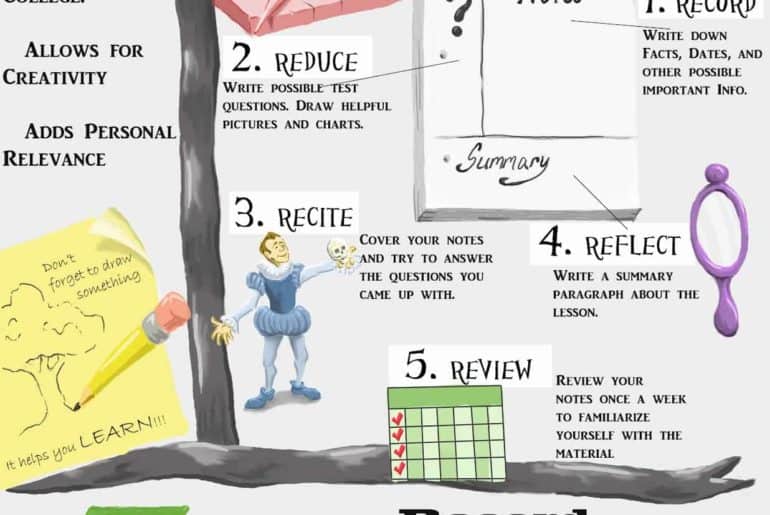“Guys, suggest a funny caption for my picture na!” What are some Instagram lies we are all guilty of?
Spontaneously Funny Captions
Yes, you did not send that picture to your three friends and ask for their advice on the caption. You’re just naturally funny.
But, after you sent the best pictures to your friends or sibling, to choose which one to post, the next thing you said was, “Okay, now suggest a caption.” Something funny or self-deprecating (or both at once) is the latest preference in the caption business. “Me looking at food like” or “find yourself someone who looks at you the way I look at food” are some captions we have all used or at least seen being used around us. The seemingly effortless jokes took the combined efforts of many.

Food Porn
The image of that perfect cheesy pizza, that fancy breakfast at a hotel, that chocolatey heaven of a dessert making others crave is but one part of a carefully orchestrated effort, and is not practically real. What if we posted the pictures of what we actually ate? Imagine that greasy roti, with bharte ki sabzi, moongi ki dal, and achar.
This brings us to the second type of images we see. It has become extremely common to see people at restaurants clicking pictures of each meal. Food bloggers have made a profession and money out of this, cafes and bakeries are now marketing through this, celebrities are being paid for posting such images and unique food items (like the black ice-cream you saw at fests) are also becoming trends because of this. With Huji to help us, we can make any picture look aesthetic!

Exam Season Study Table
Beautiful handwritten notes, pens kept diagonally on the notebook, and colourful stationery – the picture showing 3 A.M. is given the perfect touch with a cup of coffee (seconds before we have an emotional breakdown because so many chapters are left).
As exams get closer and sleep schedules worsen each day, we see more of these late-night study table pictures, with colourful pens, sticky notes, ear-plugs among other things. In reality, no one studies that way; majority of the kids are too flustered a night before exams and simply mug everything. Handwritten notes begin and end on the first day of college; the actual notes are shamelessly saved in our photo galleries. The coffee also gets cold by the time you click this picture.
Throwback Picture
When you could not post too many pictures from the one day you got good pictures, your friend suggested, “Yaar, #tbt karke daal dena (Friend, post it using #throwbacktime later.)”
Let us be honest here: it was that one day when you not only wore a great outfit but also your friend was clicking “Insta-worthy” pictures for you. So, you went home and sat down to choose what to post but even after one story, there were two pictures you just could not choose from! You simply let a few days go by, added a throwback (tb) caption like “tb to good hair day” or “tb to when college life was not a mess”, and posted the next one.
Side Profile
Look at you- standing in front of a wall or a bush of bougainvillea looking towards your side (whichever profile is best, of course).
The trend of selfies and smiling straight at the camera is gone and even feels self-centred; the trend of side profile in front of a view is on the rise! Let me paint you a word picture: you looking side-wards or glancing at something perfectly intensely, when your jawline is looking fine, and it seems like you totally did not intend on getting a picture. Other variants include fixing hair, fixing pallu or tie for farewell pictures, couples smiling at each other, etc.
Candid Laughter
No one:
Person in the picture: starts laughing
Things get funnier when people are getting pictures, and their pictures come out with this almost-candid laugh. We see this almost every day, especially in group pictures. The words ‘candid’ and the oxymoronic ‘staged candid’ are now used synonymously with pictures, where people say, “I want a candid there!” This trend is super common and here to stay.
Featured Image Source: Instagram
Shivani Dadhwal




